Two technology innovations of the past decade have been changed fundamentally how IT works as well as given rise to the “DevOps” phenomenon. Before we would be diving into what DevOps is and how IT organizations should be adopting this culture, let’s review what gave rise to it in the very first place.
Adopting DevOps: You Can Phase It In
Organizations would be looking forward to adopting DevOps should do so in phases as well as defining metrics for each stage. Here’s a typical phased approach that you could use as a baseline as well as customize your organization’s unique needs. For more such details, you must check out the training courses offered at the SPOTO Club.
Phase 1: Adopt Agile Development and Cloud Computing
Agile development and cloud computing would be profound technology shifts and create the underlying culture in which DevOps would be able to thrive. So, the first step would be to ensure organizational buy-in for both of these trends:
Agile development could be adopted in stages. The most important would be to agree that software would be built and shipped in short, two-to-four-week sprint cycles, as well as with a focus on user stories.
Cloud computing could be adopted no matter what your IT infrastructure would be looking like today. Use hybrid cloud platforms like the OpenStack for providing programmatic access to a VMware or Linux environment, or utilize a public cloud platform like Amazon Web Services.
Phase 2: Committing to a CI/CD Workflow
Continuous integration (CI) systems would be providing a way for pipeline and integrating the various steps in a DevOps workflow. You choose the method that doesn’t matter as much as you ensure that all levels of the workflow would be integrated eventually into this workflow.
Phase 3: Repeatable, Automated Software Deployment
Many organizations tend to have manual steps in the packaging, as well as the deployment of their software, especially for gaining it into production. This often would be reflecting underlying assumptions about manual oversight as well as intervention, and it would be breaking the closed-loop philosophy of DevOps.
To succeed with DevOps, you would be required to fully automate the software packaging as well as the deployment process. Additionally, ensuring that production builds would be deployed in the same manner as the developer creates, utilizing identical environments.
Phase 4: Automate Software Testing
Once software deployment has been automated, the next phase is considered to automate the validation process for new software releases. If you’re like most organizations, testing would be involving several rounds of the back as well as forth with QA teams and product managers, and it often would be taking weeks for resolving the last few bugs in each release. To reach the next level of DevOps automation, people master the process that would ultimately be lights-out as well as automated.
Phase 5: Continuous Deployment
To gain the most advanced DevOps phase, you would be required to automate the “go live” process for software releases. In turn, it would be allowing you to take even smaller, more frequent code drops as well as push them into production. The most advanced software teams in the world now would be operating this way, and the organizational implications could be transformative. The developers started working, feeling that they had implemented a feature and put it into use immediately, and the product managers could make a confident commitment to the business. After all, they had this superb software delivery machine to support them.
For obtaining more information regarding the DevOps, visit the IT Exam Dumps Section of the SPOTO Club.




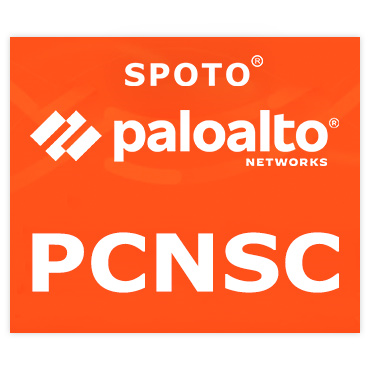

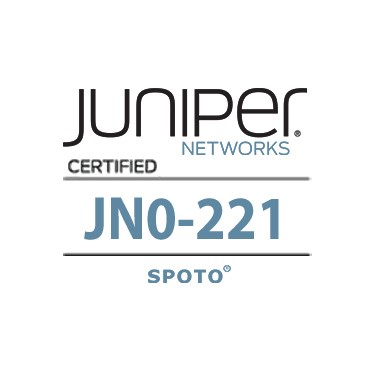
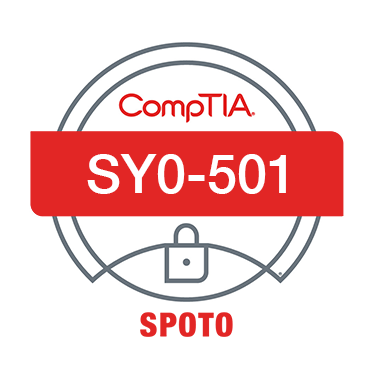
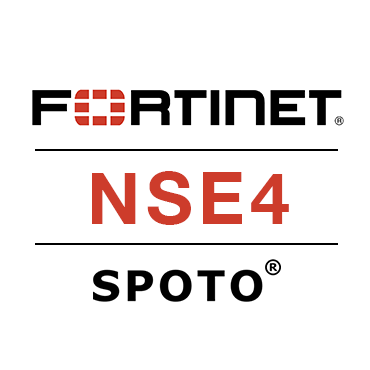
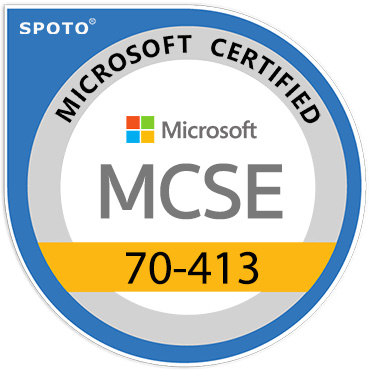

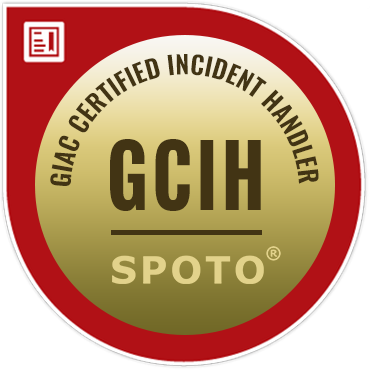

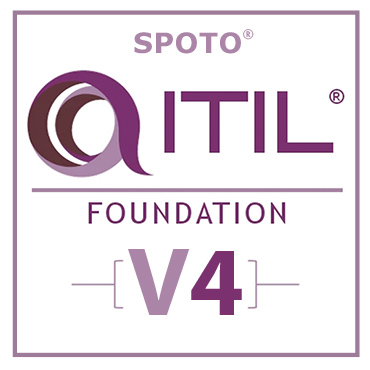
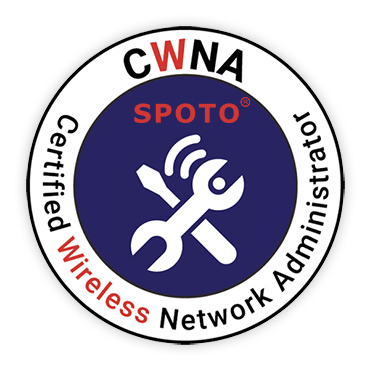




Comments